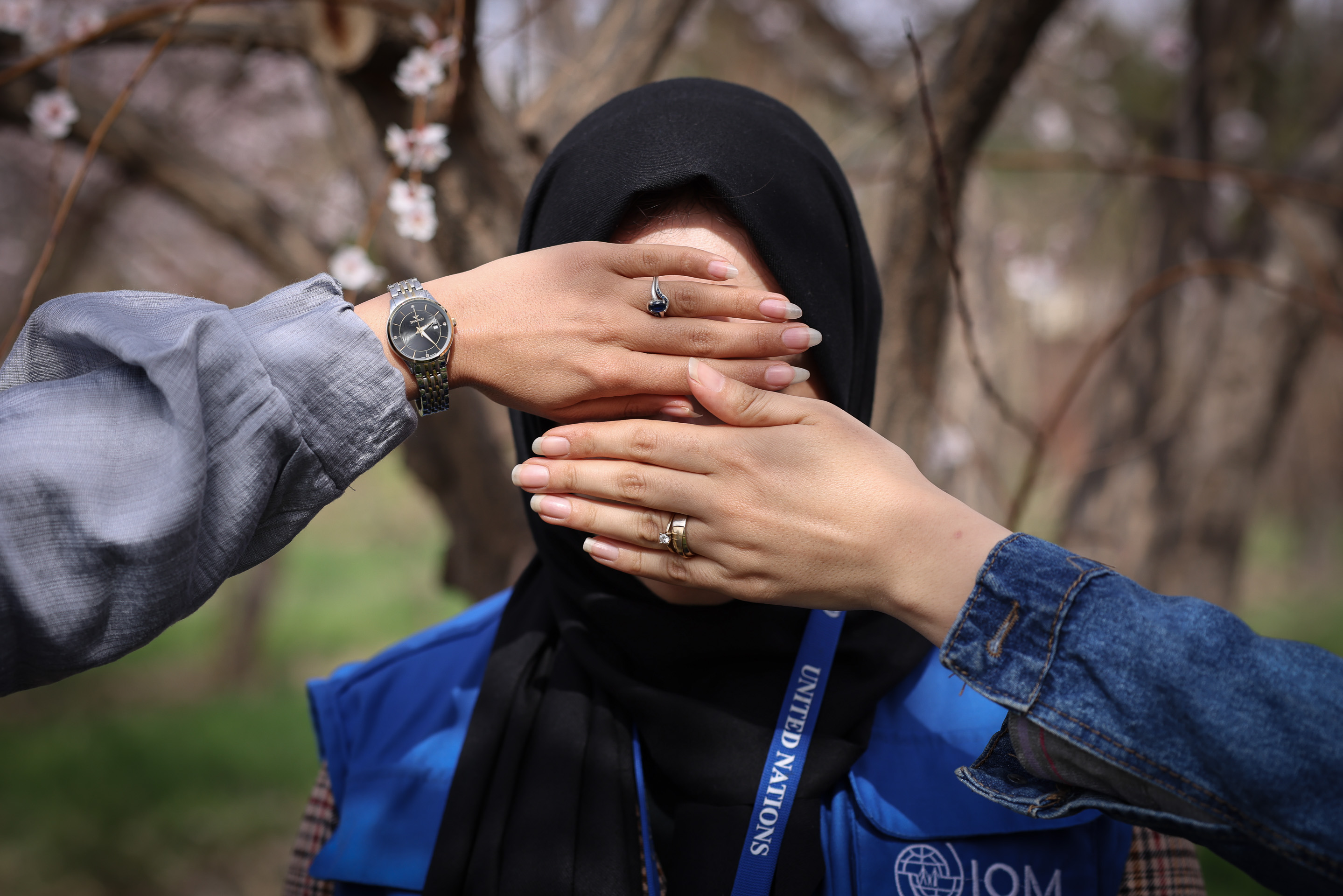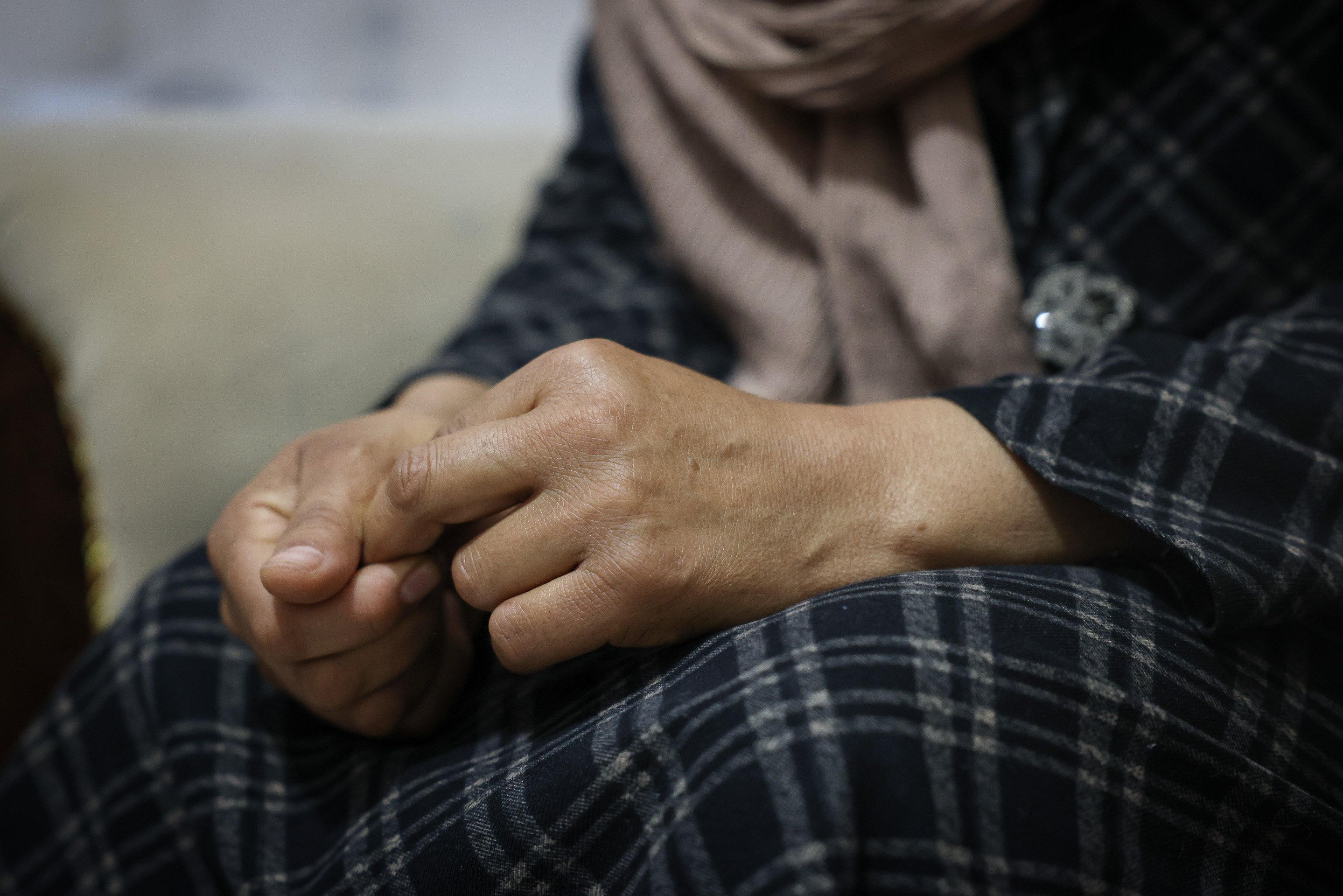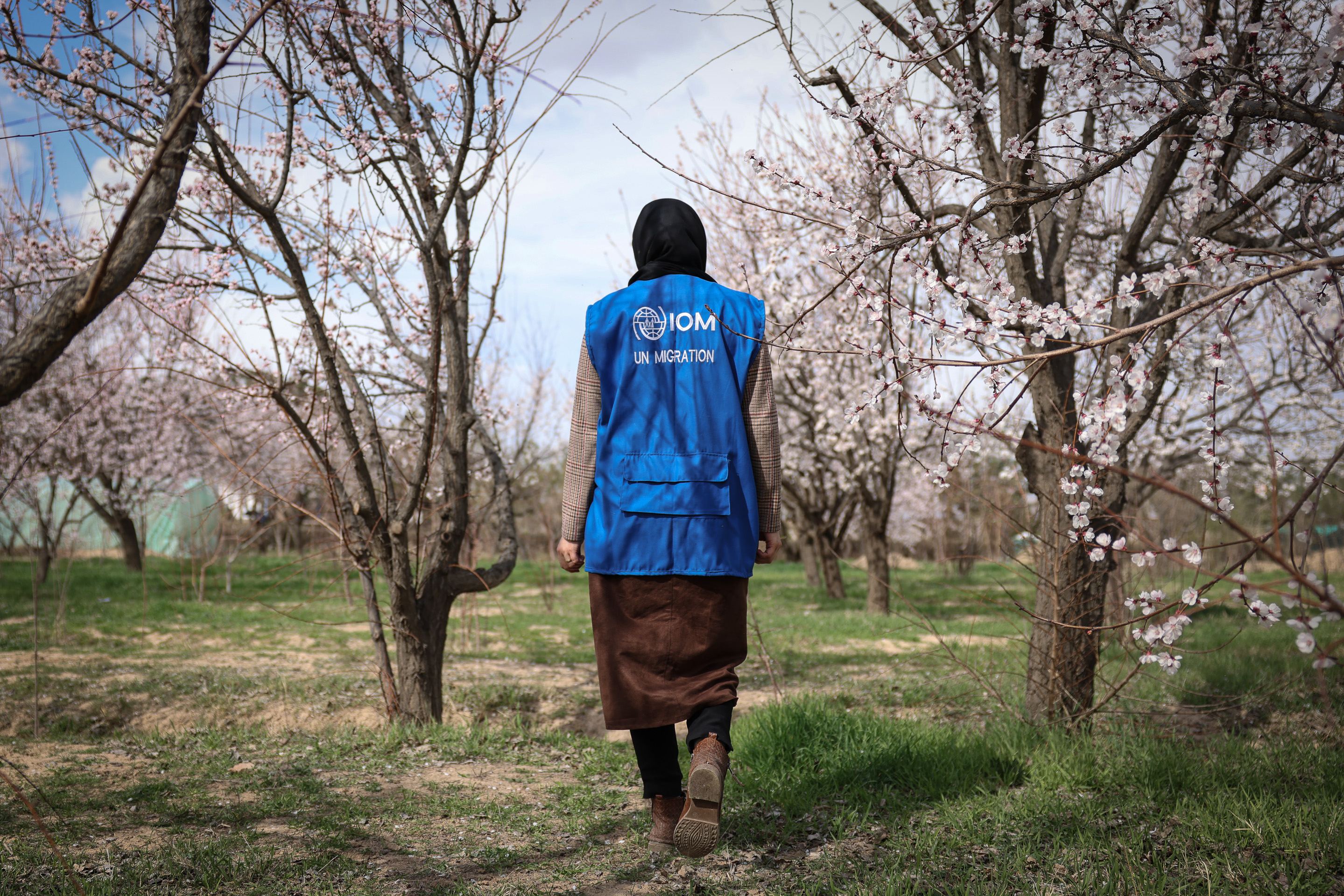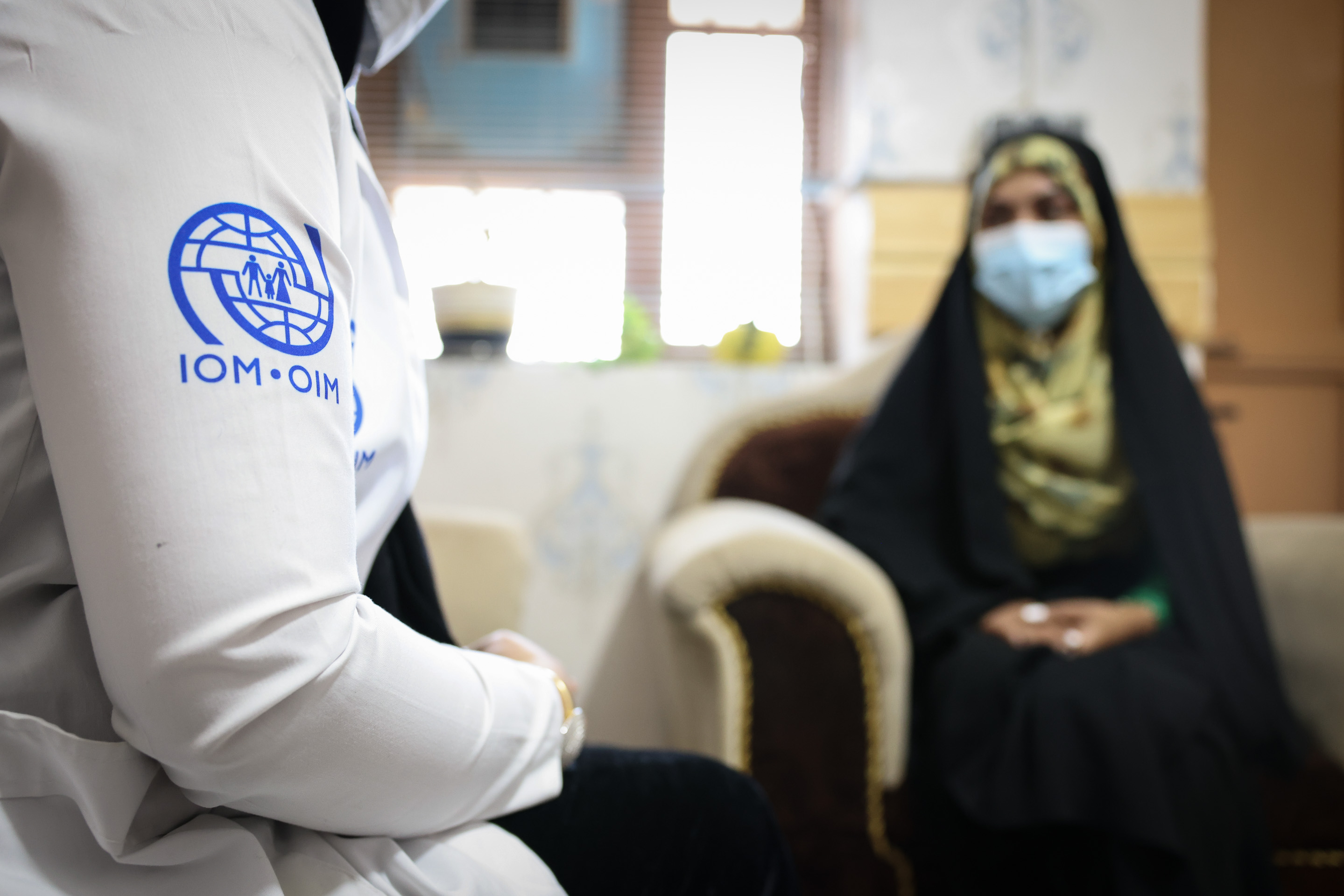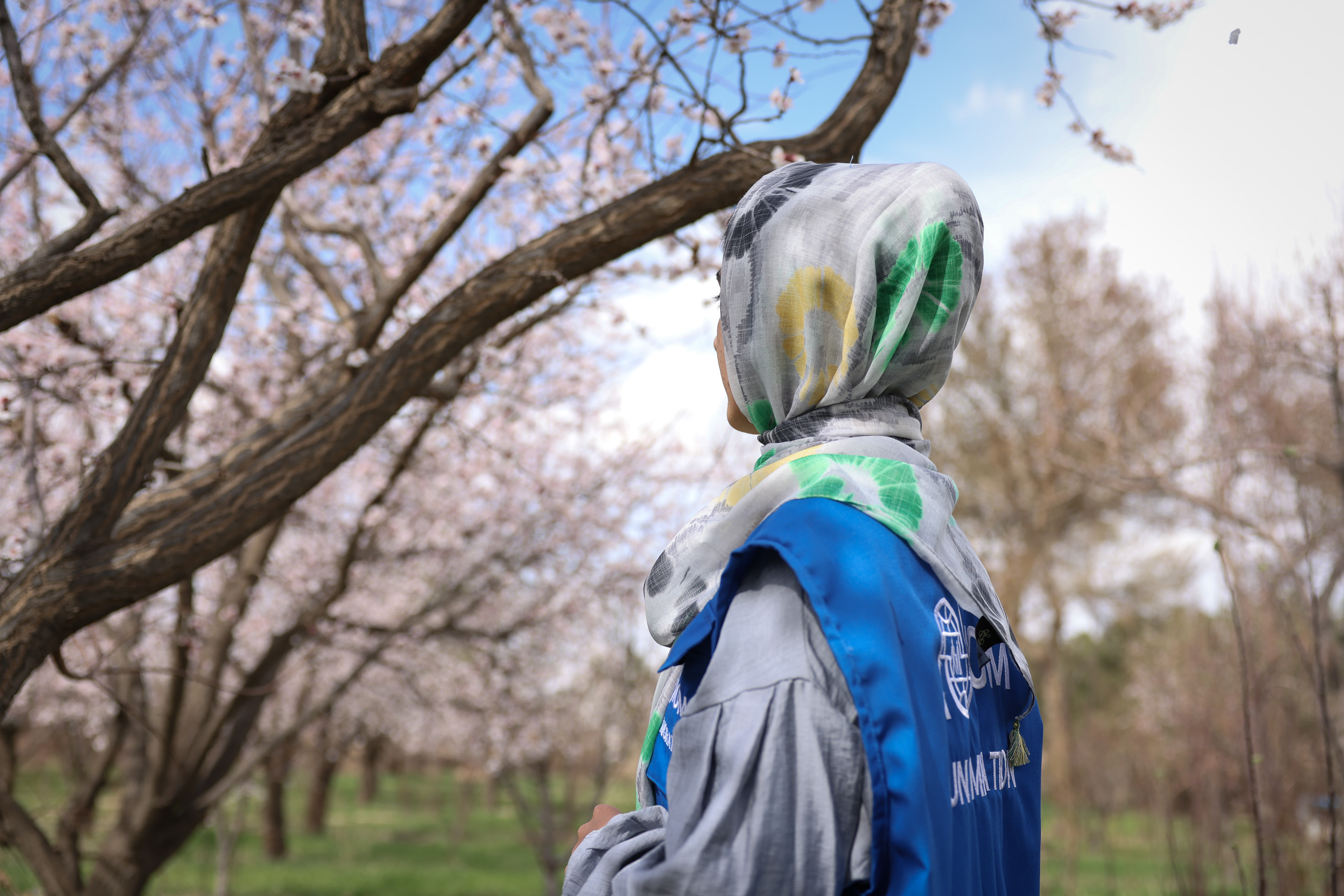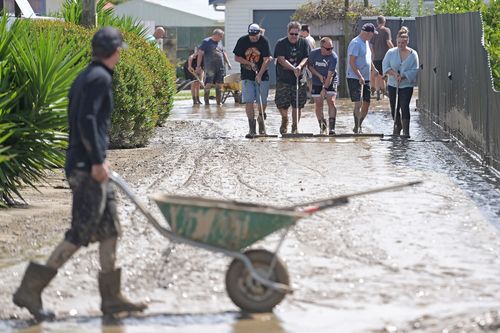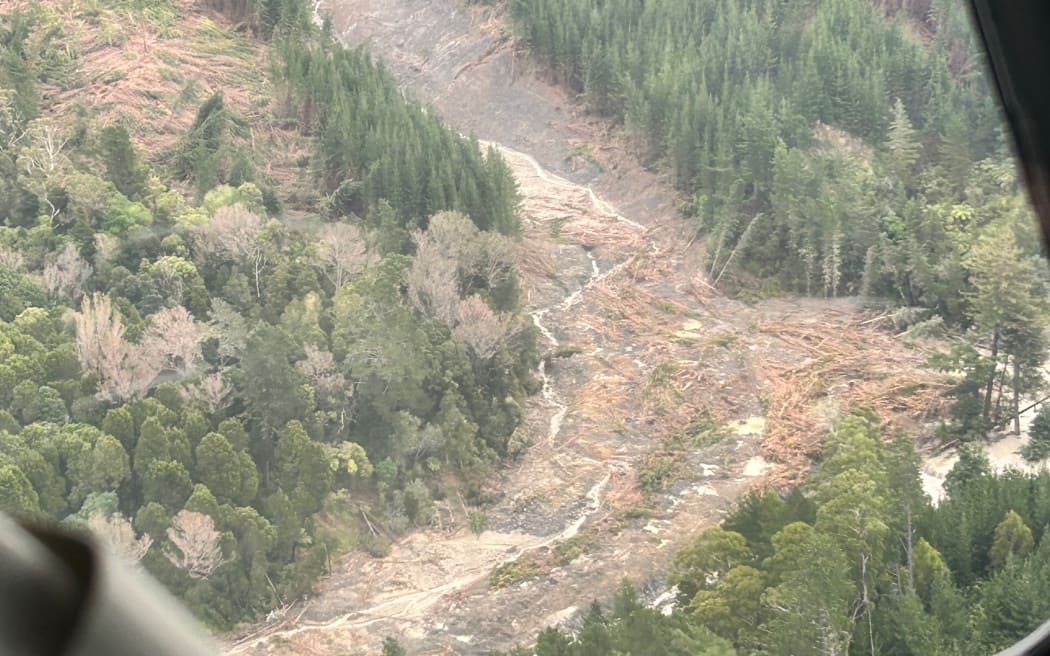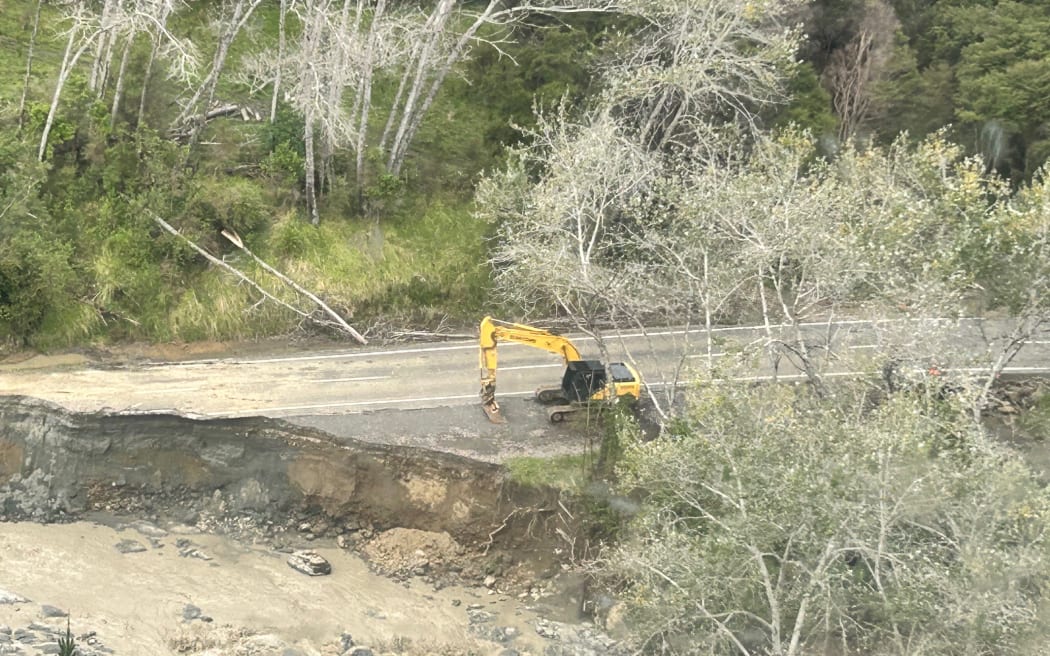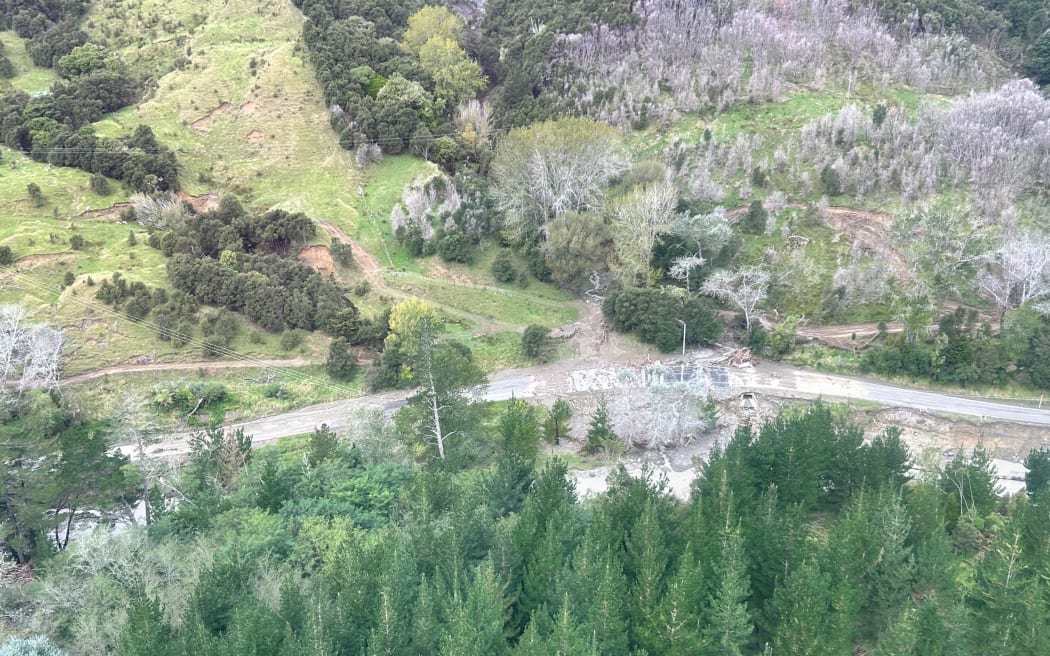IDF soldiers seen dancing with settlers in flashpoint West Bank town of Huwara
Clashes between settlers, Palestinians reported on Purim more than a week after rampage in city; several said injured, including 2 year old; IDF opens probe into dancing troops
Israeli soldiers were filmed dancing with settlers in the West Bank town of Huwara on Monday night, over a week after dozens of Israeli settlers rampaged violently for hours in the town in what a top Israeli general later said was a “pogrom”.
The town has been on edge amid increased Israeli military presence following the Israeli settlers’ attack on February 26, which came hours after Palestinian gunmen opened fire on an Israeli vehicle driving through the town, killing two brothers inside.
On Monday night, a video shared on social media showed settlers celebrating the Purim holiday in Huwara, with some soldiers joining them in a dance.
The Israel Defense Forces said it would open a probe into the incident, adding that the conduct of the soldiers in the video was “not consistent with what is expected of fighters in operational activity.”
Clashes between settlers and Palestinians in the town were also reported late Monday with a number of locals said to be wounded. Both Israeli settlers and Palestinians also reported that their cars were attacked with stones as they drove through the main road in the flashpoint northern West Bank town.
The Yesh Din rights group said four Palestinians were rushed to the hospital for medical treatment after being attacked by settler rioters, who were filmed hurling rocks and smashing car windows and storefronts on Monday night. Among those injured was a two-year-old girl who was pepper sprayed by a settler who doused her family with mace while they sat inside their car.
The Palestinian Authority’s official news agency Wafa said one settler fired a gun at a Palestinian-owned car in Huwara, without causing injuries.
Yesh Din said that IDF soldiers were at the scene during the time of the attack and did not act to stop the settlers. Later, they did use riot dispersal measures to scatter the Palestinians who had gathered to push back the settlers.
“The pogroms in Huwara have continued, this time as part of the settlers’ Purim holiday celebrations. This all takes place under the auspices of the government and the lack of action by law enforcement agencies,” Yesh Din said.
In a statement, the IDF said “a number of gatherings developed” in Huwara on Monday, some of which there was “violent friction between Palestinians and Israeli citizens.”
“IDF and Border Police forces acted to disperse the incidents, using riot dispersal means,” the IDF said, adding that “all gatherings were dispersed.”
The settler response appeared to have followed stoning attacks by Palestinians on several cars with Israeli license plates. Israeli medics said at least three vehicles were hit but that no motorists were injured.
These clashes came just over a week after hundreds of settlers ransacked the town, torching homes, firebombing dozens of vehicles, and shattering store-fronts with stones in a rampage that killed one in unclear circumstances and injured over 100.
Footage taken after the attacks showed a group of Israelis dancing in Huwara with IDF soldiers.
Earlier Monday, the Central District Court reduced the administrative detention for two individuals held on suspicion of involvement in last week’s settler rampage of Huwara.
The detention of a 17-year-old was shortened Monday from four months to less than two. A day earlier, the same court shortened the detention order of the second suspect, 29-year-old David Chai Chasdai, from four months to three.
The IDF arrested 16 suspects after the Huwara riot. All but the two in administrative detention have been released.
The controversial practice of administrative detention allows individuals to be held without charge practically indefinitely, and the evidence against them to be withheld. Israel currently holds 967 Palestinians in administrative detention. Israeli detainees are in the single digits.

:quality(70)/cloudfront-eu-central-1.images.arcpublishing.com/thenational/APDRF62P62EO4XIY4W47MOXJAI.jpg)
:quality(70)/cloudfront-eu-central-1.images.arcpublishing.com/thenational/NG6XYN6FLNBPFDIIMW6R3RYWRE.jfif)



